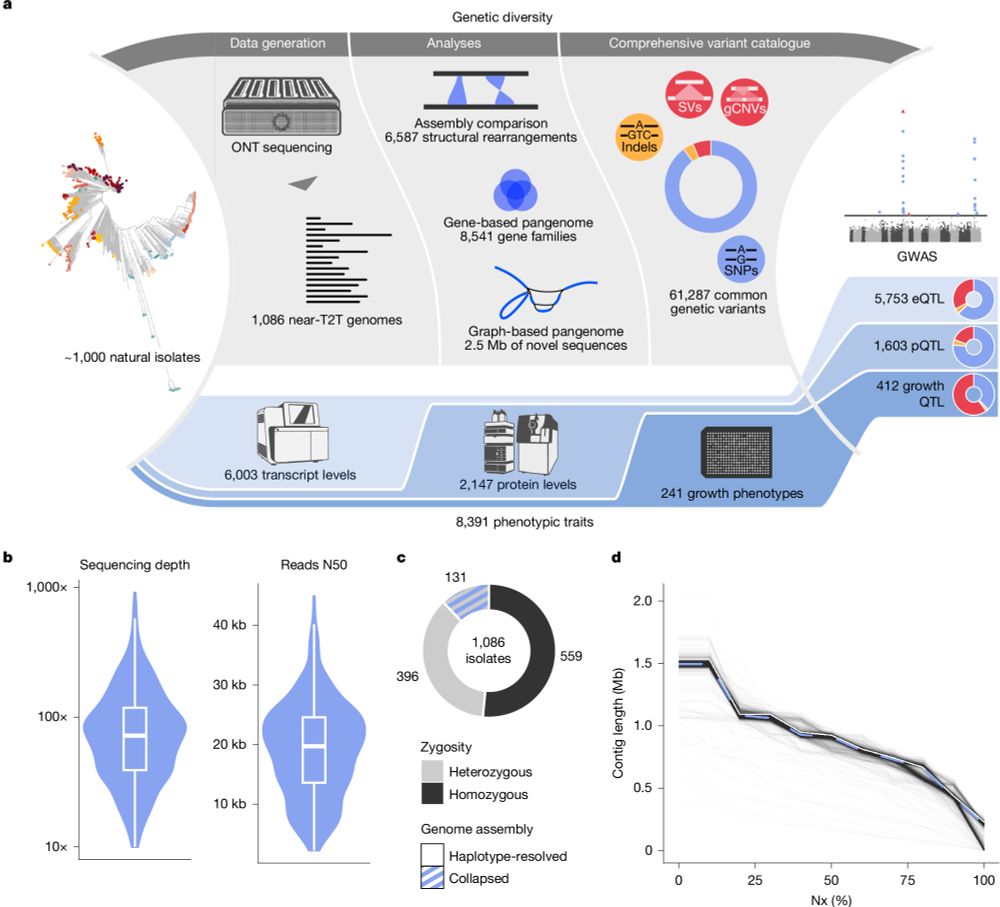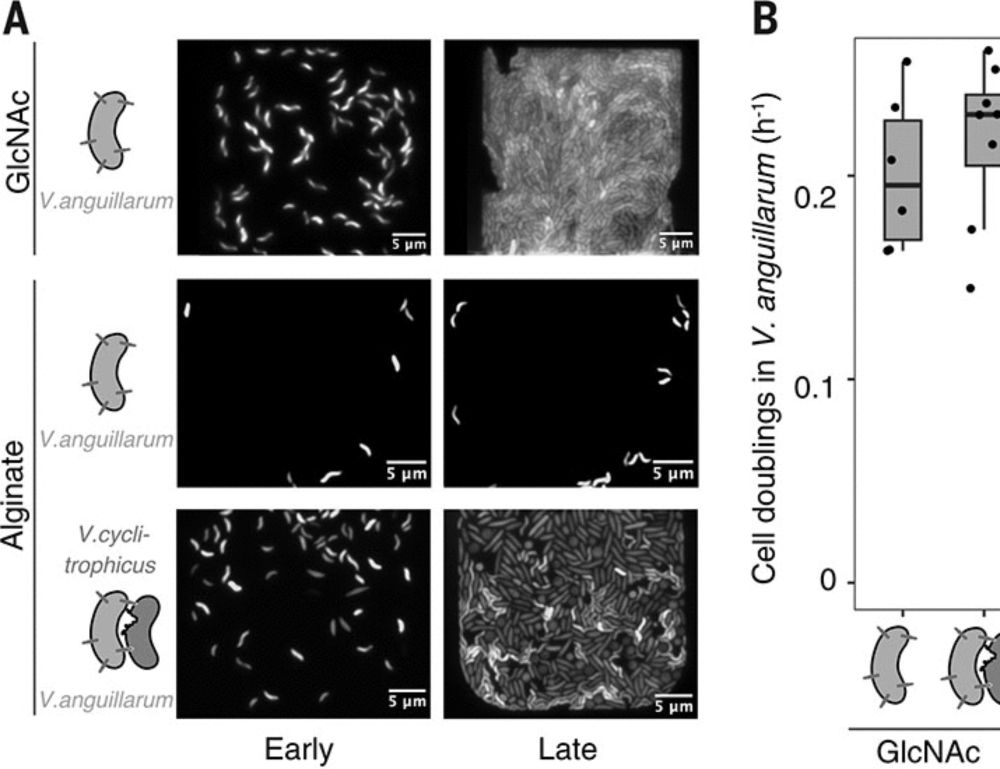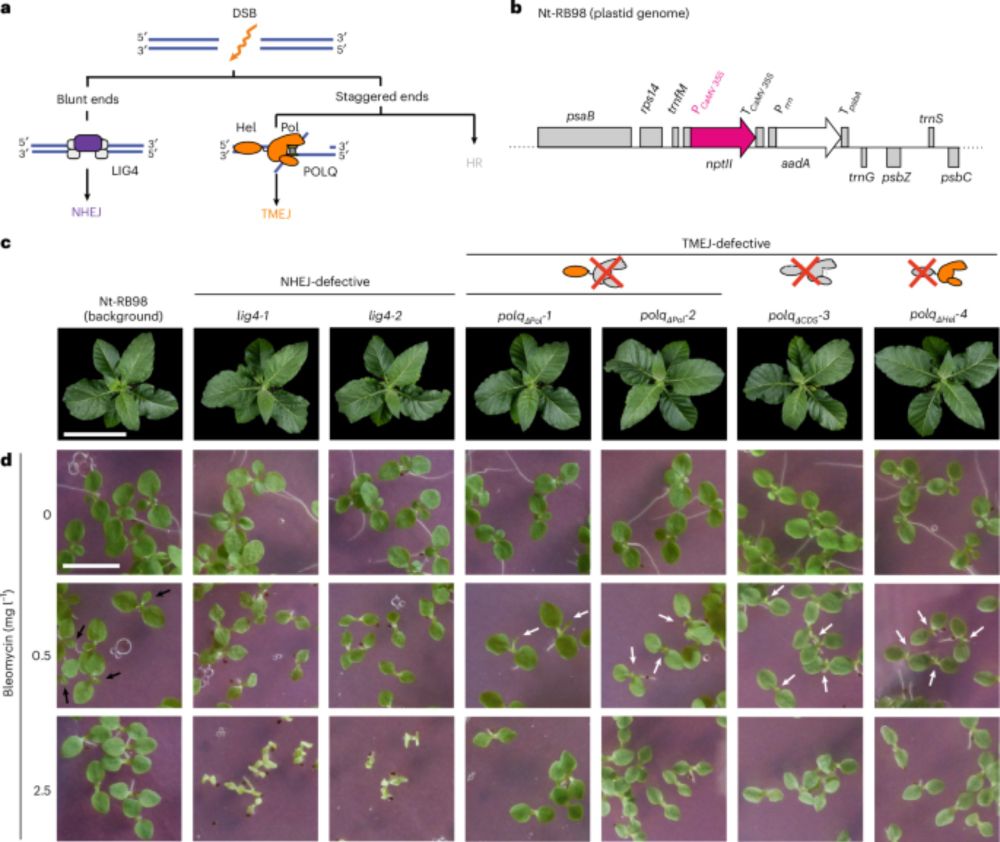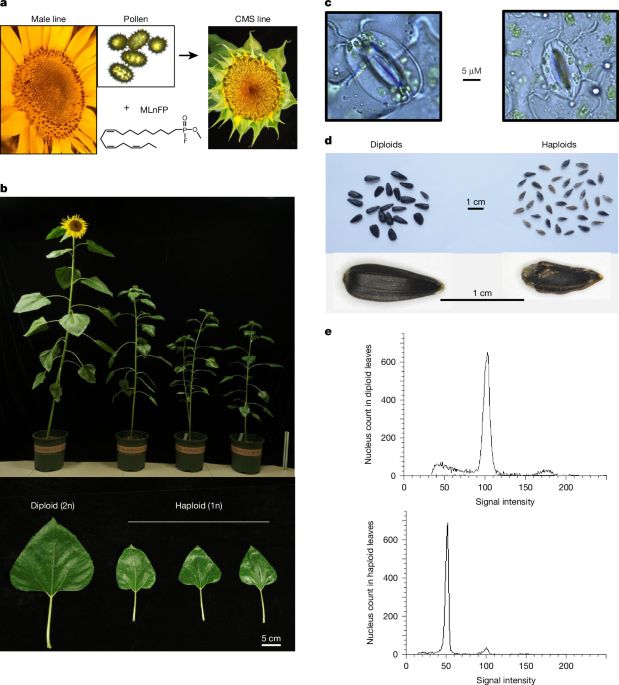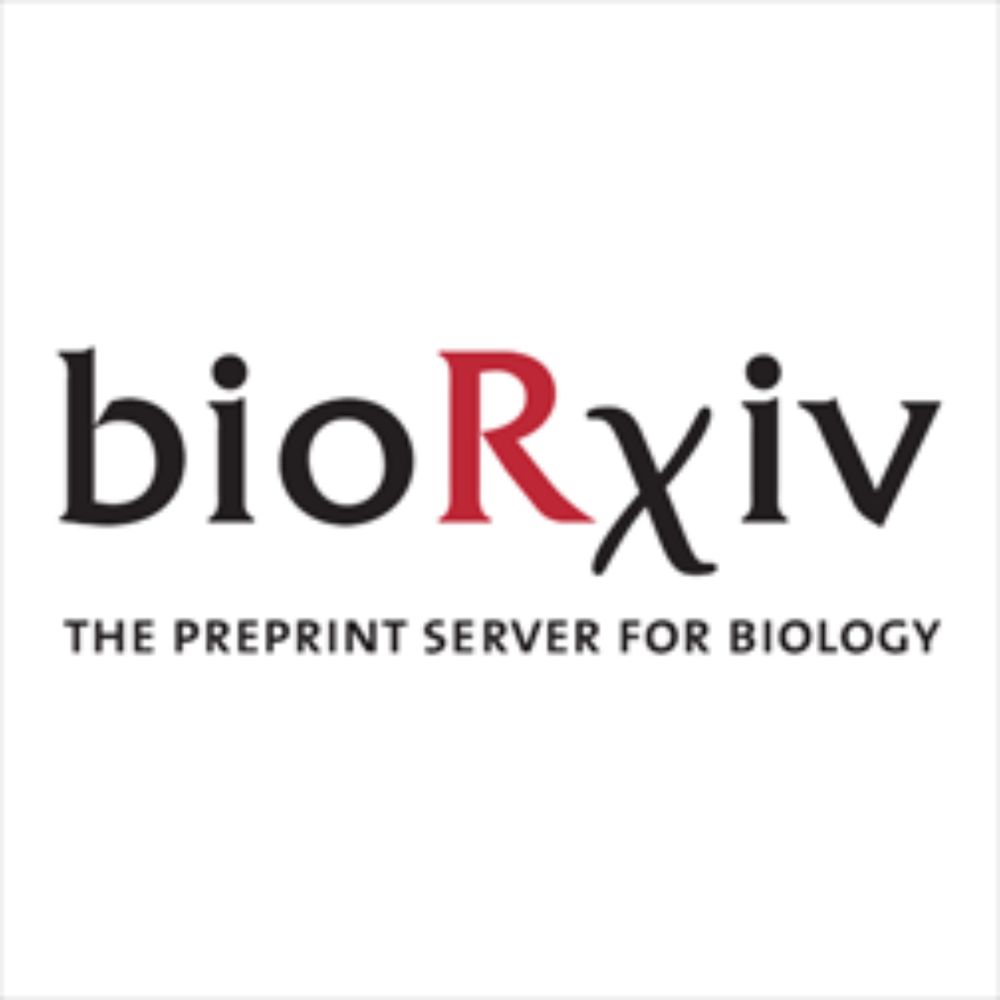
How To Reproduce As A Plant
How To Reproduce As A Plant
#Plants #Botany #Angiosperms #Evolution #Reproduction
https://sciencehumor.io/biology-memes/how-to-reproduce-as-a-plant-zfkw
11.10.2025 18:18 — 👍 13 🔁 3 💬 0 📌 0

Out after peer review, collaborative study from Nordborg & Weigel labs with help from many others. Not the largest collection of new Arabidopsis thaliana genomes, but we hopefully put forward some good ideas for how to think about pangenomes and their analysis!
www.nature.com/articles/s41...
20.08.2025 06:23 — 👍 137 🔁 64 💬 1 📌 0
1/ How do animals develop immunity against a newly encountered transposable element from scratch? Our study reveals that the mobility of TEs is their Achilles heel, allowing hosts to develop a powerful small RNA-mediated silencing response.
www.biorxiv.org/content/10.1...
14.08.2025 17:09 — 👍 48 🔁 27 💬 4 📌 2
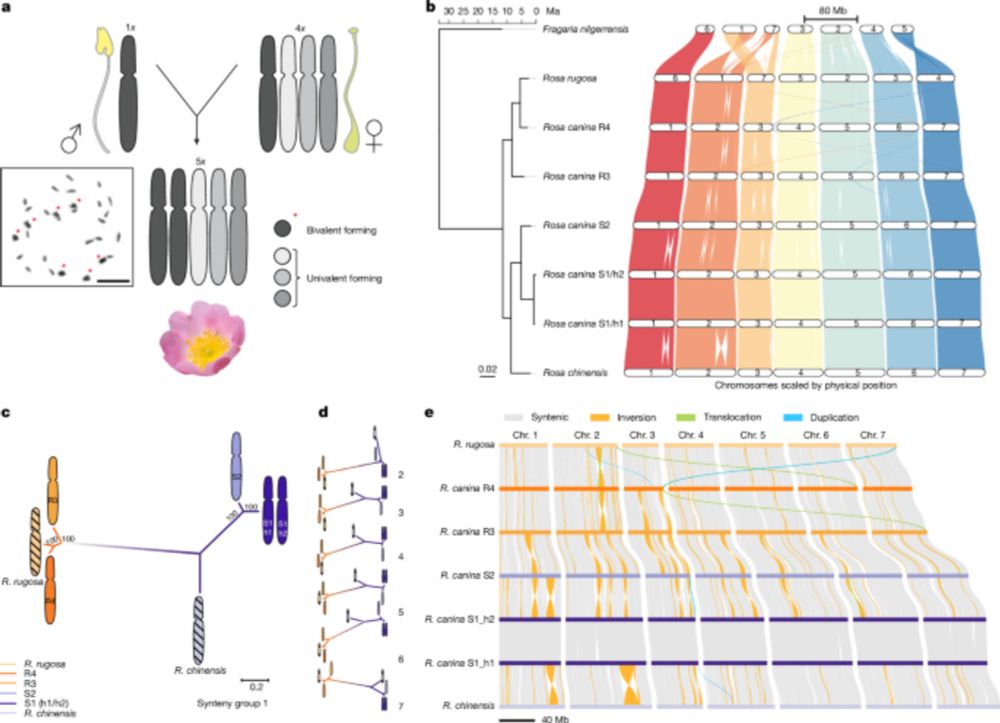
Bimodal centromeres in pentaploid dogroses shed light on their unique meiosis - Nature
Insights into the dogrose genome and centromeres explain their ability to achieve stable sexual reproduction.
1/7
I am very excited to announce our🌹NEW PAPER OUT IN 𝑁𝐴𝑇𝑈𝑅𝐸!🌹
𝐃𝐑𝐈𝐕𝐄 𝐓𝐎 𝐒𝐔𝐑𝐕𝐈𝐕𝐄: Bimodal centromeres in pentaploid dogroses shed light on their unique meiosis
With the Ritz and Kovařík labs we show a potential role for centromeres on 𝘙𝘰𝘴𝘢 𝘤𝘢𝘯𝘪𝘯𝘢 bizarre reproduction!
www.nature.com/articles/s41...
18.06.2025 15:33 — 👍 78 🔁 38 💬 8 📌 5
Life-history trade-offs explain local adaptation in Arabidopsis thaliana https://www.biorxiv.org/content/10.1101/2025.05.18.654693v1
23.05.2025 15:33 — 👍 1 🔁 1 💬 0 📌 0
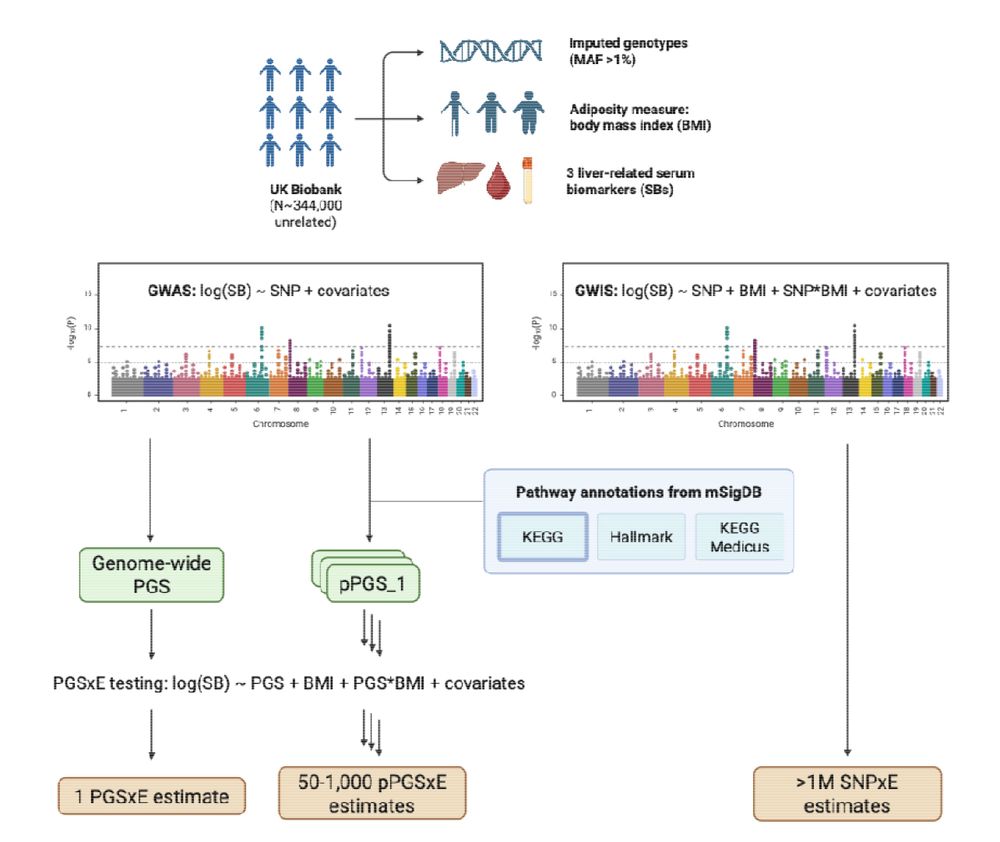
Excited to share our work on using pathway-specific polygenic scores to discover gene-environment interactions www.medrxiv.org/content/10.1...
22.05.2025 15:09 — 👍 40 🔁 12 💬 0 📌 0
PNAS
Proceedings of the National Academy of Sciences (PNAS), a peer reviewed journal of the National Academy of Sciences (NAS) - an authoritative source of high-impact, original research that broadly spans...
. @pnas.org just published the final version of our manuscript on how generation time and effective population size interact to shape vertebrate germline mutation rates, led by Luke Zhu and Annabel Beichman: www.pnas.org/doi/10.1073/...
21.05.2025 19:33 — 👍 80 🔁 31 💬 1 📌 0
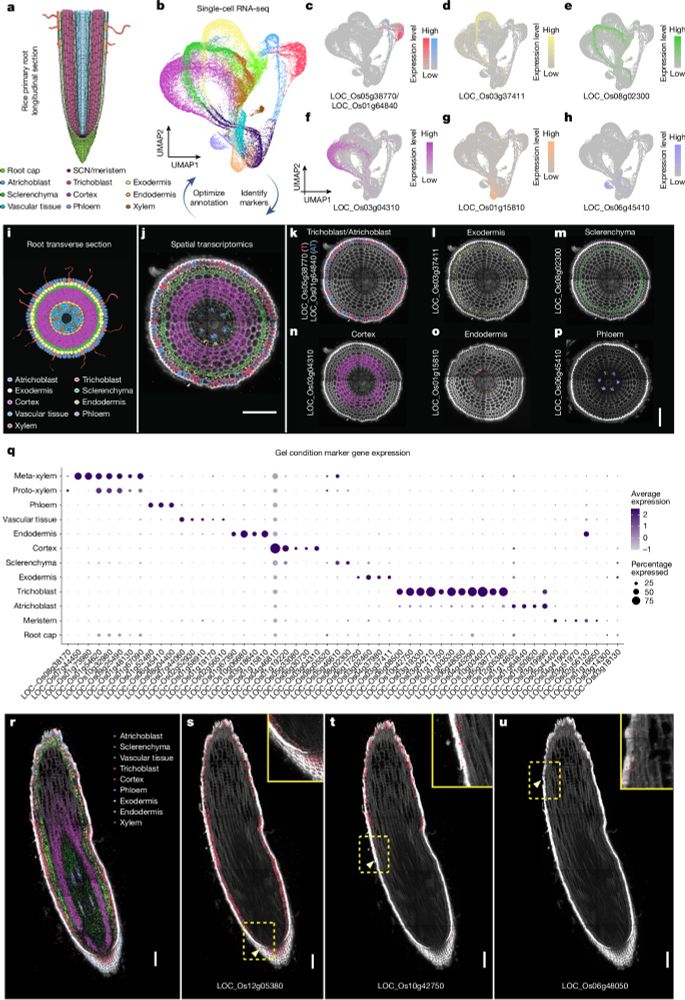
Single-cell transcriptomics reveal how root tissues adapt to soil stress
Nature - Single-cell RNA sequencing and spatial transcriptomic approaches reveal major expression changes in outer root cell types when grown in soil versus gel conditions, and also uncover how...
I'm so very excited to see this out - a single cell and spatial transcriptomic analysis in the rice root reveals mechanisms by which roots can respond to different below-ground growth conditions - including compaction. Congratulations to everyone for persisting in difficult times. rdcu.be/ej8Ui
30.04.2025 20:43 — 👍 90 🔁 33 💬 0 📌 2
Awesome new paper by @lucalivraghi.bsky.social et al.
doi.org/10.1016/j.cu...
in @currentbiology.bsky.social
on the evo-devo of a butterfly color variation
enjoy the show!
14.04.2025 02:53 — 👍 156 🔁 76 💬 12 📌 8


It’s 🌿International Plant Appreciation Day🌿, so here’s a Corydalis melanochlora from the Hengduan Mountains. I can’t stop praising my favorite alpine flora 🥰
#LetsGoPlants #IamaBotanist
14.04.2025 03:54 — 👍 8 🔁 3 💬 0 📌 0
hungry hungry rhinos
10.04.2025 22:32 — 👍 4882 🔁 507 💬 119 📌 45
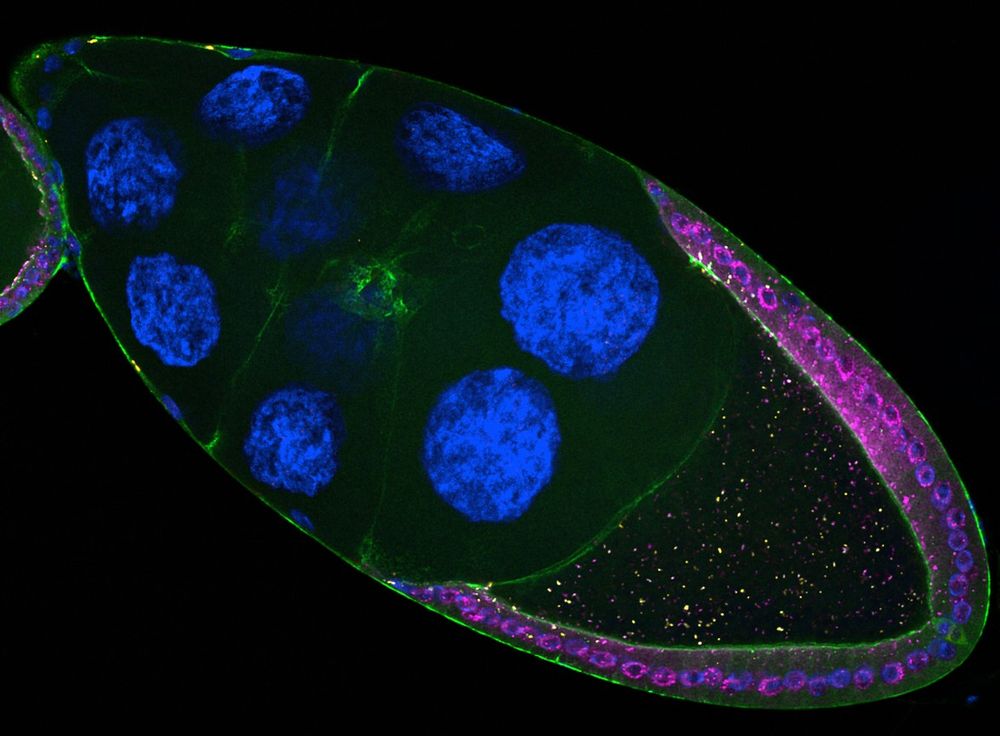
Drosophila follicle showing retrotransposons (pink & yellow) expressed in somatic cells infecting the oocyte
1/ Transposable elements are often called "jumping genes" because they mobilize within genomes. 🧬
But did you know they can also jump 𝘣𝘦𝘵𝘸𝘦𝘦𝘯 cells? 🤯
Our new study reveals how retrotransposons invade the germline directly from somatic cells.
www.biorxiv.org/content/10.1...
A short thread 🧵👇
17.03.2025 11:56 — 👍 544 🔁 259 💬 11 📌 33

Award details | Funding and scholarships for students | University of Exeter
We have a funded PhD position available in Exeter @exeter.ac.uk
Gene Regulation in Brain Development and Disease 🧬
Please share / repost
www.exeter.ac.uk/study/fundin...
03.03.2025 10:57 — 👍 9 🔁 9 💬 0 📌 4
Excited to share a couple of new items (links below):
1. Our work on gene-environment interactions in the UKBiobank is up at the American Journal of Human Genetics
2. Our work on modeling ancient human population size history is up at Molecular Biology and Evolution
17.02.2025 16:56 — 👍 22 🔁 14 💬 1 📌 0
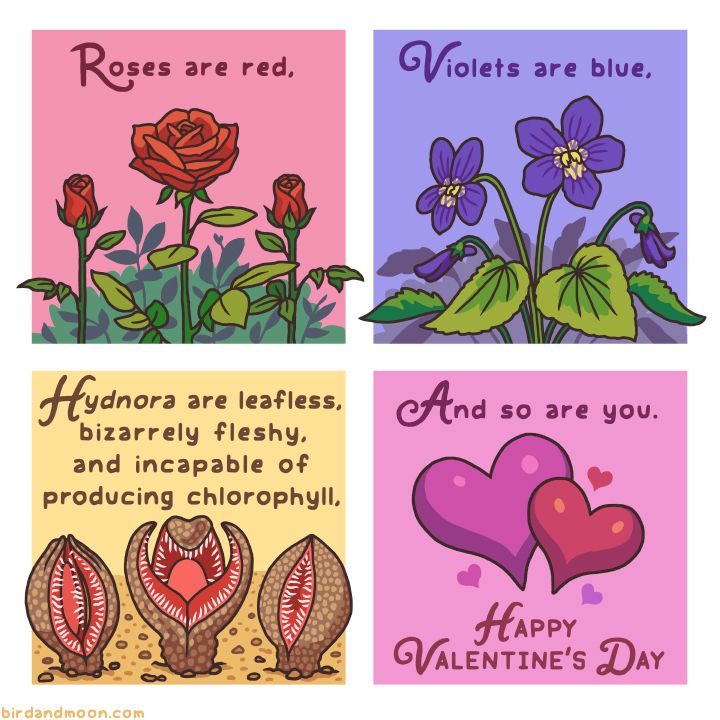
Beautiful red roses on a pink background with flowing script saying "Roses are red," Violets budding and blooming. "Violets are blue," Hydnora plants opening up looking like terrifying red mouths bursting from the hard sandy soil. "Hydnora are leafless, bizarrely fleshy, and incapable of producing chlorophyll," A splash of cute red and pink hearts. "And so are you. Happy Valentine's Day."
Botany valentine. Another from years past. New one on Monday!
07.02.2025 15:17 — 👍 5855 🔁 1261 💬 46 📌 54
Really nice work!
27.01.2025 18:15 — 👍 1 🔁 0 💬 0 📌 0
Repurposing of a gill gene regulatory program for outer ear evolution - Nature
Nature - Repurposing of a gill gene regulatory program for outer ear evolution
The outer ear is a mammalian innovation but where did it come from? In our study in Nature, Mathi Thiruppathy and colleagues find that the outer ear arose from modification of an ancestral gill program first originating in marine invertebrates. www.nature.com/articles/s41...
1/n
09.01.2025 16:48 — 👍 159 🔁 52 💬 4 📌 5
News from the Sternberg lab at Columbia University, Howard Hughes Medical Institute.
Posts are from lab members and not Samuel Sternberg unless signed SHS. Posts represent personal views only.
Visit us at www.sternberglab.org
My lab works on genome evolution, using yeast genetics and genomics. Chair, Department of Genome Sciences at University of Washington.
Lab website: https://depts.washington.edu/dunhamlab/
Artist, Scientist, Woodland Ecologist, Statistician, Historian & former Research Scholar at the RIA | Art from Dublin, Ireland 🌈 He/Him | Sé/é
Buy my work here: https://robbohan.etsy.com
Managed by Alastair Hotchkiss, BSBI Wales Officer - Promoting the enjoyment, study and recording of wild plants in Wales / Hyrwyddo’r mywnhad, astudiaeth, a chofnodi planhigion gwyllt yng Nghymru. @bsbibotany.bsky.social
I am Matt Harding, the Scotland Officer at @bsbibotany.bsky.social
Studying, appreciating & conserving wild flowers across Scotland, and supporting the Scottish botanical community.
https://bsbi.org/scotland
I am the Ireland Officer at the Botanical Society of Britain and Ireland (https://bsky.app/profile/did:plc:l5qdqxst4ylza5myy6lbytwa) - promoting the enjoyment, study and recording of wild plants across Ireland.
https://bsbi.org/ireland
Botanical Society of Britain & Ireland
Studying, appreciating, recording & conserving wild plants across Britain & Ireland.
Supporting the botanists who care about our wild plants
https://bsbi.org/
#NewYearPlantHunt
#PlantAtlas2020
#WildFlowerHour
International journal publishing high quality, original plant science research. Owned by the not-for-profit New Phytologist Foundation.
Associate Professor
DFCI & HMS
Exploring the breadth and diversity of life on Earth 🌍 Updates on research & teaching at @ox.ac.uk. Merged from Departments of Plant Sciences and Zoology August 2022
www.biology.ox.ac.uk
enthusiast of transposable elements, genetic conflicts, small RNAs, Drosophila, and funky germline biology
running a lab at IMBA, Vienna BioCenter
https://www.oeaw.ac.at/imba/research/julius-brennecke
I like plants. Lecturer on plant genetics and ecology at Anglia Ruskin University. Views my own.
Plant Microbiology | Plant-Microbiome Interactions | Molecular Biology | Ecology | Plant Nanotechnology | Crop Improvement
Postdoctoral Researcher | Max Planck Institute of Molecular Plant Physiology in Potsdam | Interested in evolutionary genetics of eukayotes – studying endosymbiosis in plants with an experimental twist.
🇮🇪 post doc-ing in Bath, living in Bristol. Political complaining with flavours of bioinf and evol bio. Interested in gene dosage evolution and polyploids
GENEWIZ from Azenta Life Sciences is a leading global multiomics service provider serving researchers worldwide through a suite of solutions including synthesis, Sanger sequencing, whole plasmid sequencing, and next generation sequencing.
UCLA Professor and HHMI Investigator interested in plant epigenetics and plant genome editing.
Our mission is to enable the promise of genomics to better human health by creating the world’s most advanced sequencing technologies.
Reappraising the role of whole genome duplication and rediploidisation in eukaryotic evolution.
Funded by BBSRC Strategic Longer and Larger scheme.
Check out our website for information about the project, team and more!
https://www.rediploidisation.org/

